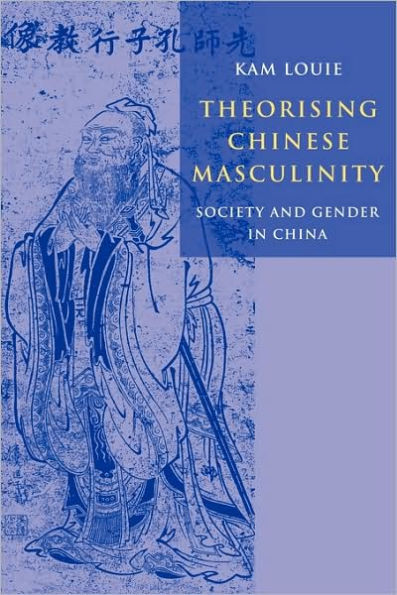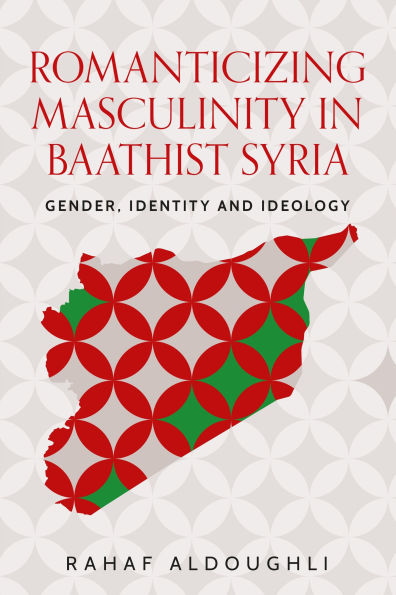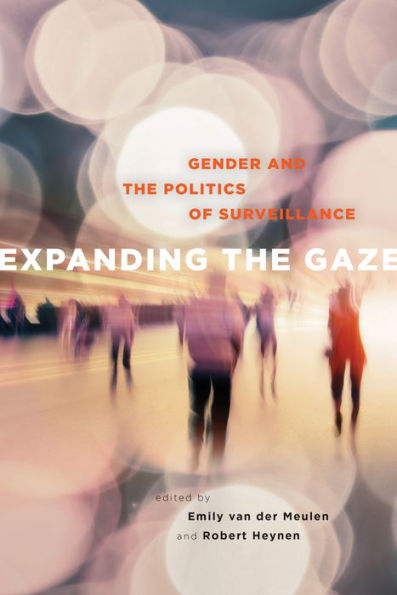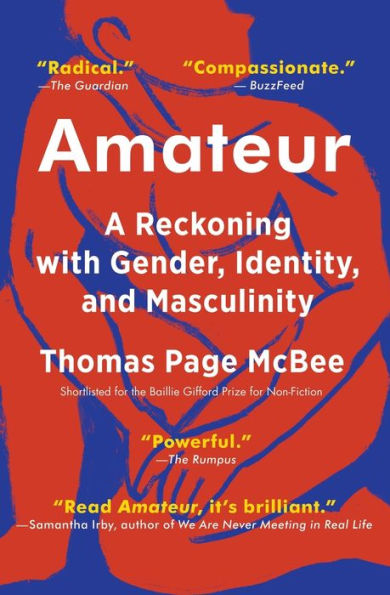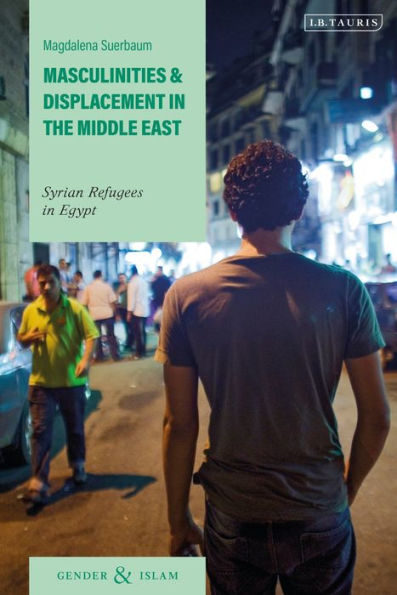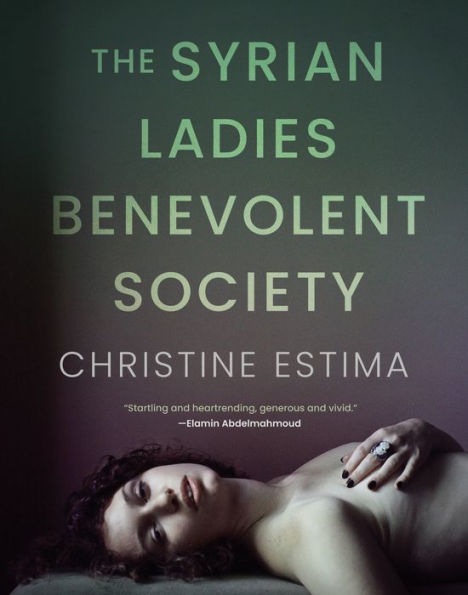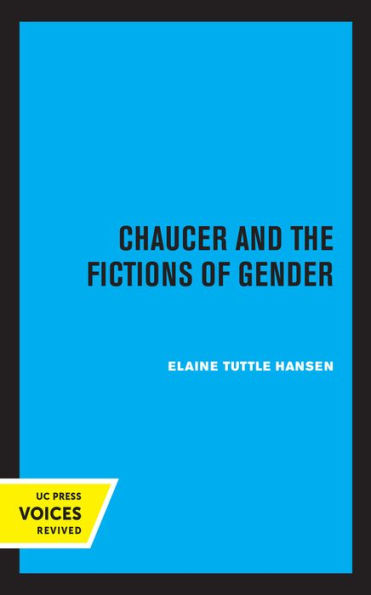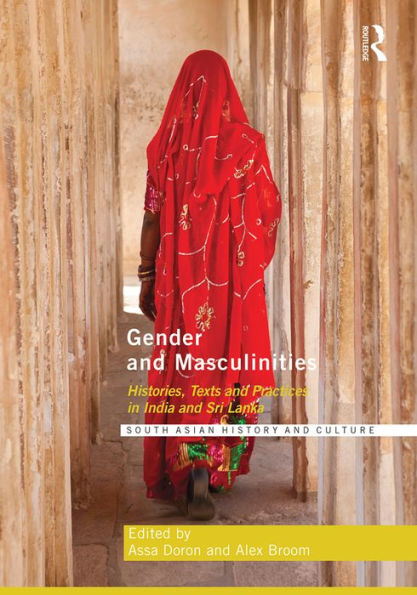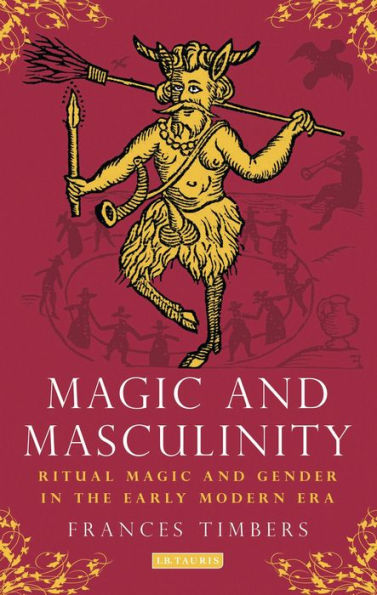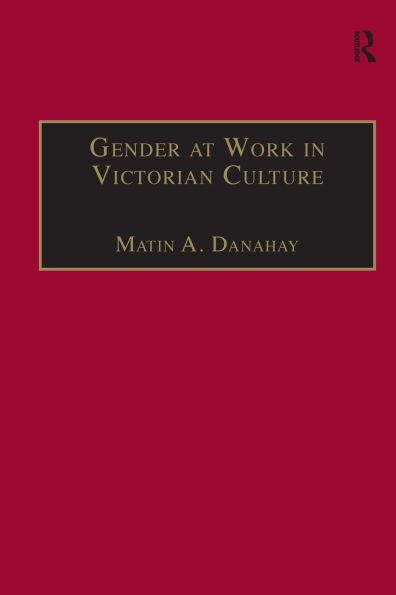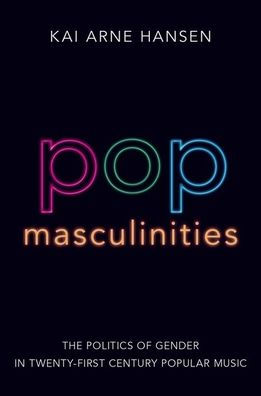Home
Masculinity and Syrian Fiction: Gender, Society the Female Gaze
Barnes and Noble
Masculinity and Syrian Fiction: Gender, Society the Female Gaze
Current price: $120.00
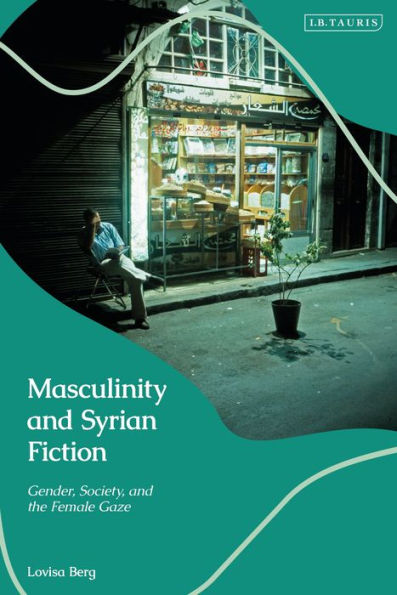

Barnes and Noble
Masculinity and Syrian Fiction: Gender, Society the Female Gaze
Current price: $120.00
Size: Hardcover
Loading Inventory...
*Product information may vary - to confirm product availability, pricing, shipping and return information please contact Barnes and Noble
What can novels tell us about masculinity in Syria? In this book, Lovisa Berg explores over 20 Syrian novels covering the last 50 years of the 20th century. Uniquely, she examines only female writers in order to gauge the changing ways in which Syrian women perceived the function of masculinity, and the impact certain attitudes towards masculinity have on men, women, children and Syrian society, from a female perspective. The works of writers from Kulit Khuri to Usayma
Darwish are analysed to explore changing attitudes to gender in Syria and the Middle East, as well as the political upheavals within the country and region. We see the idealistically portrayed men in the novels of female authors in the 1950s give way in time to a more critical depictions of patriarchy. Above all, we see through the use of novels a plethora of critiques of masculine hegemony in Syrian society, the authors of which are able with the use of fiction to reorganise and question maleness in a way denied to them in reality. This book will be of interest to scholars of Contemporary Syrian and Arabic Literature, Masculinity Studies and Women's Studies.
Darwish are analysed to explore changing attitudes to gender in Syria and the Middle East, as well as the political upheavals within the country and region. We see the idealistically portrayed men in the novels of female authors in the 1950s give way in time to a more critical depictions of patriarchy. Above all, we see through the use of novels a plethora of critiques of masculine hegemony in Syrian society, the authors of which are able with the use of fiction to reorganise and question maleness in a way denied to them in reality. This book will be of interest to scholars of Contemporary Syrian and Arabic Literature, Masculinity Studies and Women's Studies.
